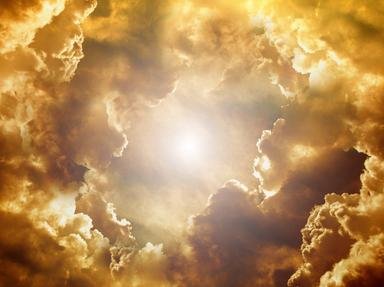Quiz Answer Key and Fun Facts
1. In plain terms, a solar eclipse is a phenomenon that occurs when the moon obscures the disk of the sun. An eclipse only takes place during what lunar phase?
2. What type of eclipse takes place when a ring of light surrounds the outline of the moon?
3. More than one eclipse can occur during the same calendar month.
4. During what phase of a total eclipse do Bailey's Beads occur?
5. The only recorded total eclipse in ancient times took place on May 17th 2231 BC.
6. When the earth is farthest from the sun, its position is called aphelion. In that position a total eclipse is most likely. What is earth's closest position to the sun called, when an annular eclipse is more likely to occur?
7. Total eclipses usually last more than seven minutes.
8. Which of the following can you use to adequately protect your eyes while looking at the sun?
9. A solar eclipse and a planetary transit can always be observed from Earth at the same time.
10. Solar eclipses also occur on other planets in our solar system. Which of the listed planets experiences them?
Source: Author
sterretjie101
This quiz was reviewed by FunTrivia editor
crisw before going online.
Any errors found in FunTrivia content are routinely corrected through our feedback system.

